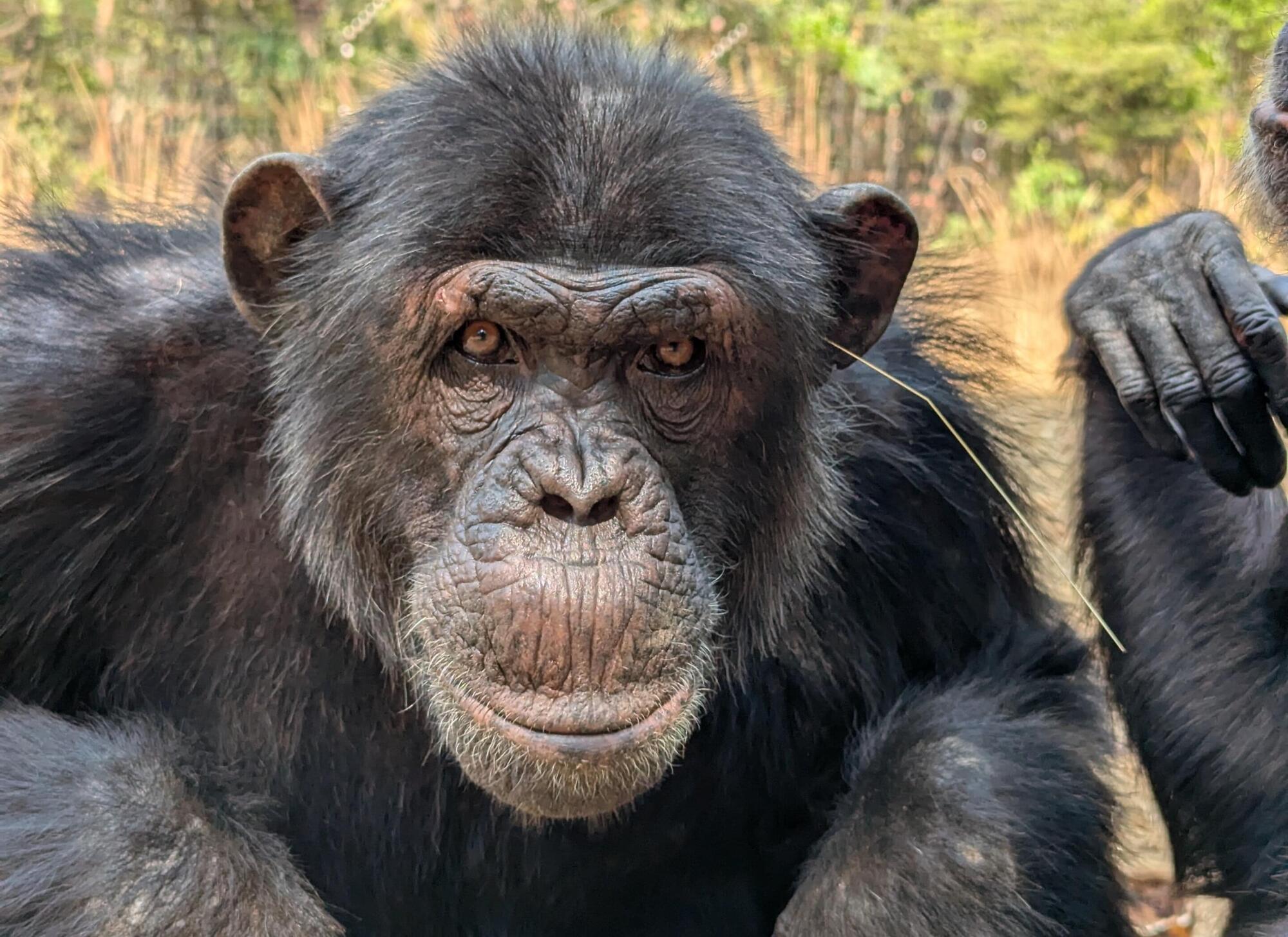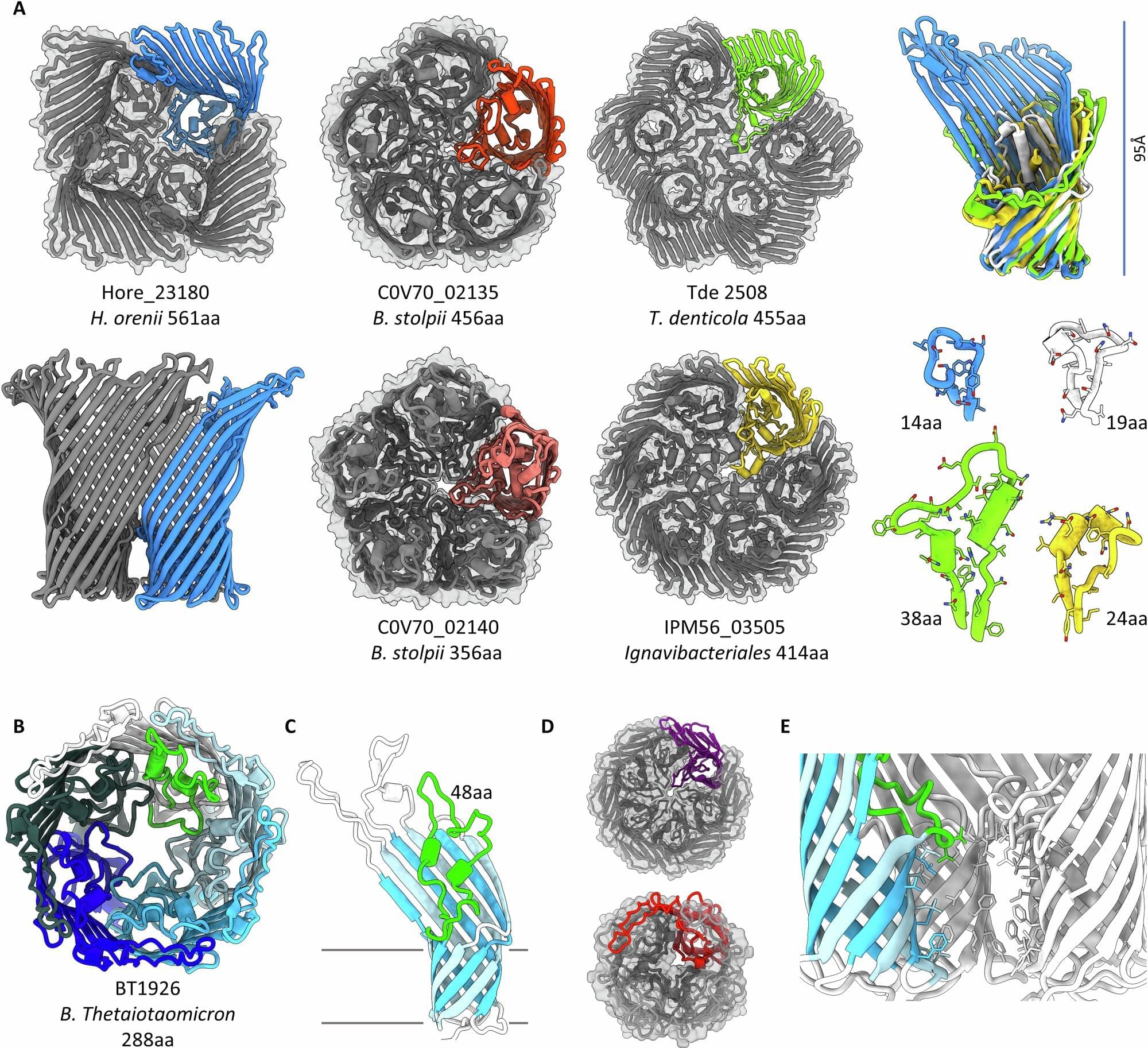It’s the largest company in the world — and perhaps the most disruptive.



A team of researchers from Utrecht University, Durham University, and other institutions have observed something remarkable at a chimpanzee sanctuary in Zambia. Several chimpanzees from one particular group were seen dangling blades of grass from their ear holes or their behinds, for no apparent reason. The behavior was not seen in other chimpanzee groups at the same sanctuary, despite similar living conditions.


Scientists have identified a new type of protein in bacteria that could change our understanding of how these organisms interact with their environments.
A new study, published in Nature Communications, focuses on a protein called PopA, found in the bacterial predator Bdellovibrio bacteriovorus. The protein forms a unique fivefold structure, unlike the usual single or three-part structures seen in similar proteins.
An international research team, led by University of Birmingham scientists, used advanced imaging techniques to reveal that PopA has a bowl-like shape that can trap parts of the bacterial membrane inside it.


Online adult participants (N = 414) read a gripping first-person account of the classic 1963 Milgram shock study and were asked to predict the responses of both themselves and “the average person”. Prior to making predictions, half were told that 65% of participants exhibited complete obedience throughout the duration of the original study, whereas another half were given no information about the results. In general, participants predicted much less obedience than was shown in the actual Milgram study. In addition, consistent with the better-than-average effect, participants predicted significantly more personal disobedience in response to the scenario compared to their average person predictions. Prior knowledge of the Milgram study did not significantly impact participants’ predictions about their own behavior in an identical scenario. These results suggest that adults are unable or unwilling to incorporate social scientific research, specifically the Milgram obedience findings, into perceptions of their own likely behavior.
New plasma-electrolyzer system turns air into green ammonia gas, offering a low-cost, fossil-free alternative to dirty fertilizer production.


A Conversation between Robert Lawrence Kuhn and Àlex Gómez-Marín.
The conversation will explore “a landscape of consciousness”, toward a taxonomy of explanations and implications.
In 2024, Àlex will curate and host conversations to address The Future Mind, seeking to gain clarity and insight into important contemporary matters that require both urgent action as well as deep reflection.
Recorded January 31, 2024